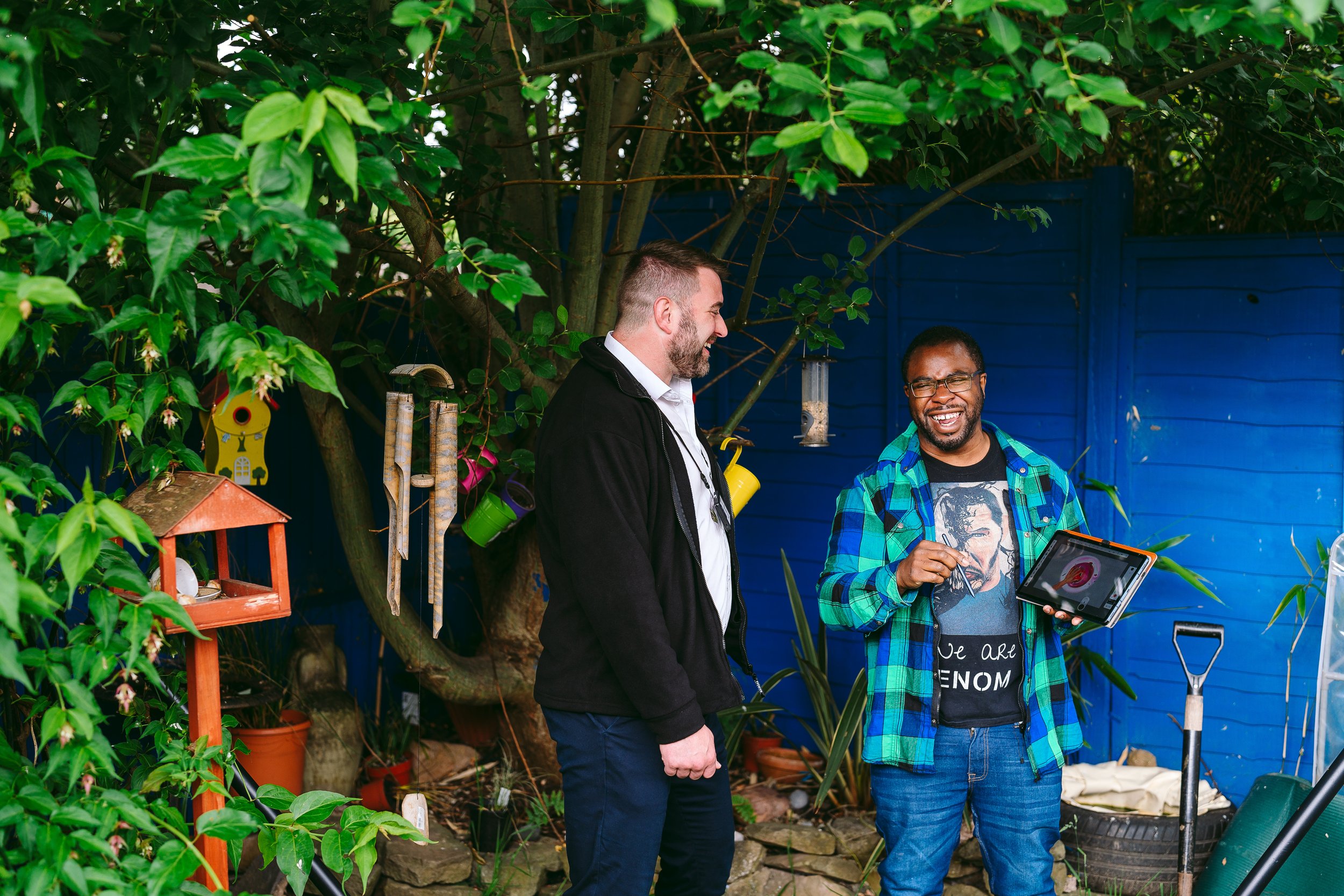Our new strategy represents a shift to place-based working. However, to work in a place-based way you need to act in a place-based way – and that means moving from short-term thinking to behaviours that have a long-term impact.
In any place, there will be a few public sector organisations that have a big, long-term, stake in that place. The district council, the county council, the NHS, the local university and 6th form college, for example. Over recent years these bodies have increasingly come to realise what an important part they play in helping a place thrive. They are organisations with a long-term stake in a place, who employ lots of people, spend lots of money, use lots of services.
They are organisations with a long-term stake in a place, who employ lots of people, spend lots of money, use lots of services.
They are organisations ‘anchored’ to a place. And they’ve realised that by giving a bit more thought to what they spend their money on, who they recruit and how, and by working more collaboratively with other (anchor) organisations, they can have an even bigger positive impact on a place.
As we’ve been developing our Strategy we have become very interested in the idea of anchor organisations. Mike Craggs has been learning from a well-established one in the Black Country and has helped us connect with Elizabeth Weaver at Gloucestershire LEP, who is developing a private sector anchor organisation for Gloucestershire. Bromford is keen to be part of this, particularly in the ‘Partnering in place and community cohesion’ aspects.
Here Elizabeth Weaver explains more about the new Anchor Organisation in Gloucestershire.
What is an Anchor Organisation, it’s aims and benefits?
Typically Anchor organisations (or 'Institutions' as they used to be called) are public sector organisations that employ a large number of people and have a significant stake in the area they are based. Like ripples in a pond, anchor organisations impact the local economy as well as its communities.
Lots of activity has been undertaken on public sector anchor organisations, however very little has been identified around the private sector. Private sector anchor organisations or 'business anchors' have the same principles as their public sector cousins: they are equally embedded in the community, employing local people and supporting local communities and economies.
I recently wrote a report on behalf of GFirst LEP, Gloucestershire's Local Enterprise Partnership and the county's Health and Inequalities team reviewing business anchor's contribution to the Gloucestershire community. Reviewing their social values activity was fascinating; not just the breadth but the depth and the passion that drives each and every activity and the workforce behind it.
The aim of the report was to also find a clearer identity and role for business anchors and to make recommendations for future delivery. Collating the sheer volume of social values activities that the pool of 30 Gloucestershire businesses interviewed had accomplished was a job in itself, but it enabled me to really understand the drivers behind these activities.
Bringing these activities to life in the form of case studies which I peppered throughout the report, really brought home the fact that business anchors' aims are already embedded in their company ethos. A perfect example of this was Bromford - their company 'DNA' aligns with business anchor activities - Partnering in Place in particular. As their strategy highlights, "…As part of our place-based focus, we'll be putting greater emphasis on the skills and talents available in the communities where we work and bringing them together to enable us all to thrive."
So, what's the drive behind these private businesses to place such importance on their social values activity? They all understand that the most important asset they have is their people - they make up their workforce - without them they have no products, no services, no bottom line. Their people also generally live in the local area and have families and friends who go to school and socialise in the local area, and to future proof the business, they need to support the development of the next generation of workforce outside of the corporate walls (there's that ripple effect again). They invest in making their workplaces and communities accessible to everyone: Bromford's action plan highlights how …"what we build now and, in the future, creates new opportunities, promotes social and economic wellbeing and reduces inequality over the long term."
Business anchors provide so much more than bricks and mortar (and a pay cheque); even a company whose business it is to build, has shown this to be true, and this is illustrated in their people-focussed Guiding Principles.
You can read more about anchor organisations here.
One of the most developed is The Preston Model. Read more here.


